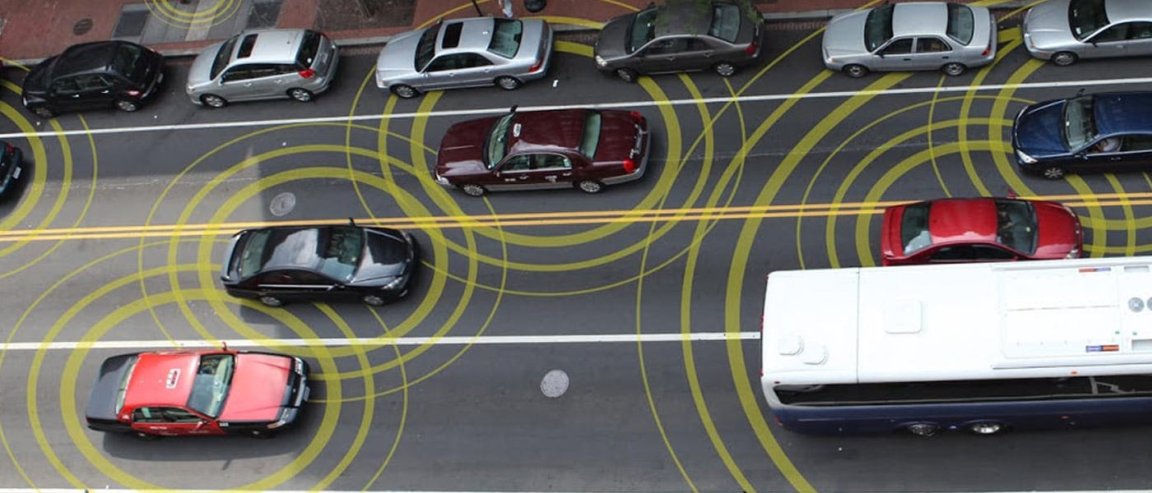
A new rule from US auto-safety regulators, the National Highway Traffic Safety Administration (NHTSA), may speed along the arrival of mass adoption of self-driving consumer vehicles. The rule requires vehicle-to-vehicle (V2V) connectivity, which uses short-range radio signals to allow cars to communicate information such as “each other’s speed, location, direction, and acceleration or braking, within a radius of about 300 meters.”

There are also plans in the works to allow vehicles to communicate with stationary objects such as stoplights or even physical barriers. These upgrades would not only benefit autonomous vehicles, but also serve to warn traditional drivers of dangers they may not notice, possibly even taking some control to prevent dangerous conditions.
U.S. Transportation Secretary Anthony Foxx stated, “Once deployed, V2V will provide 360-degree situational awareness on the road and will help us enhance vehicle safety.” The agency is optimistic that the integration of these technologies can help to reduce the severity of up to 80 percent of collisions not involving an impaired driver.
Should the incoming administration proceed, the rule could take up to a year to implement. Half of all cars manufactured would be required to comply within two years, and then meet full compliance within four.